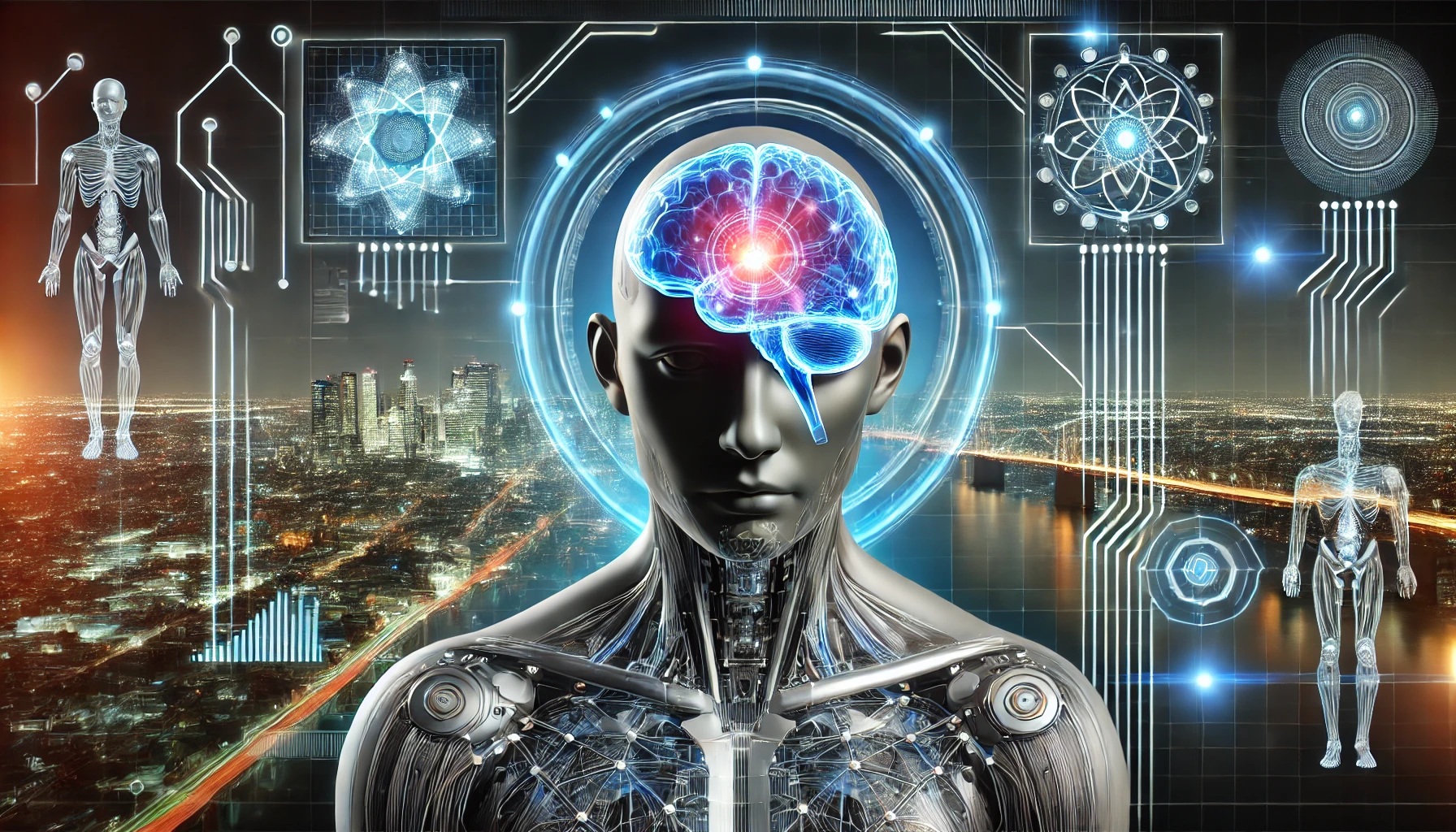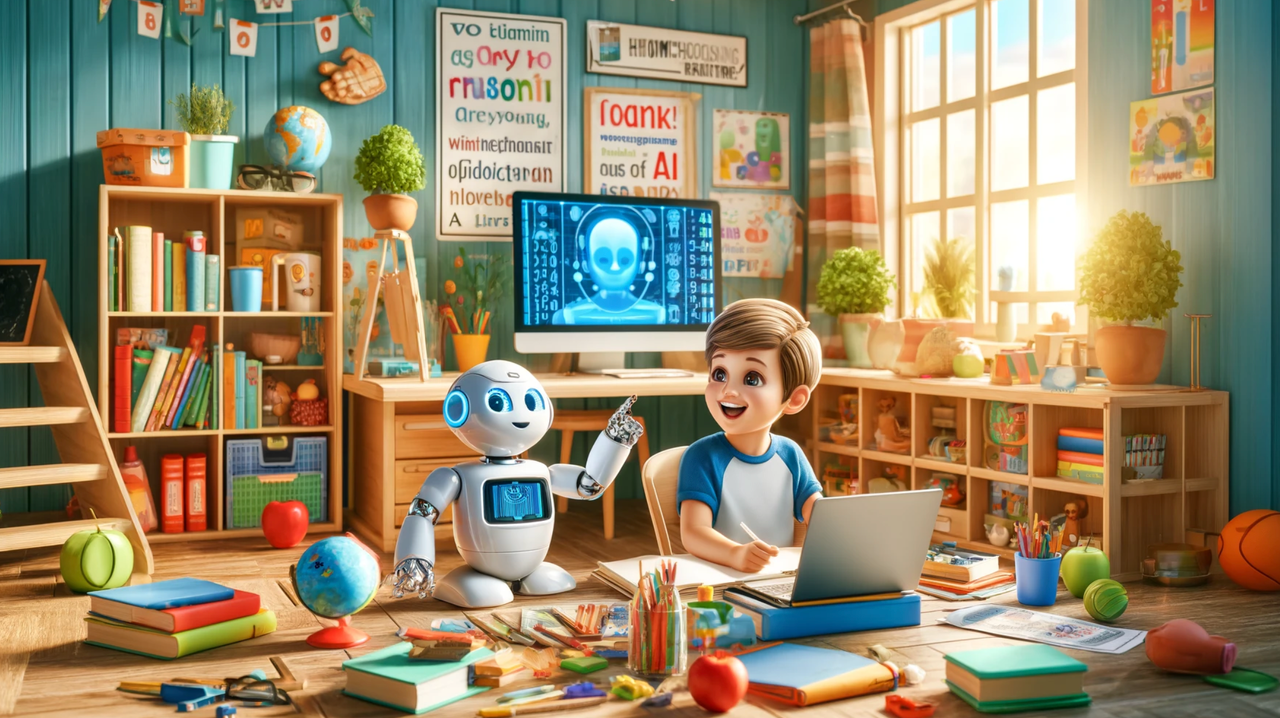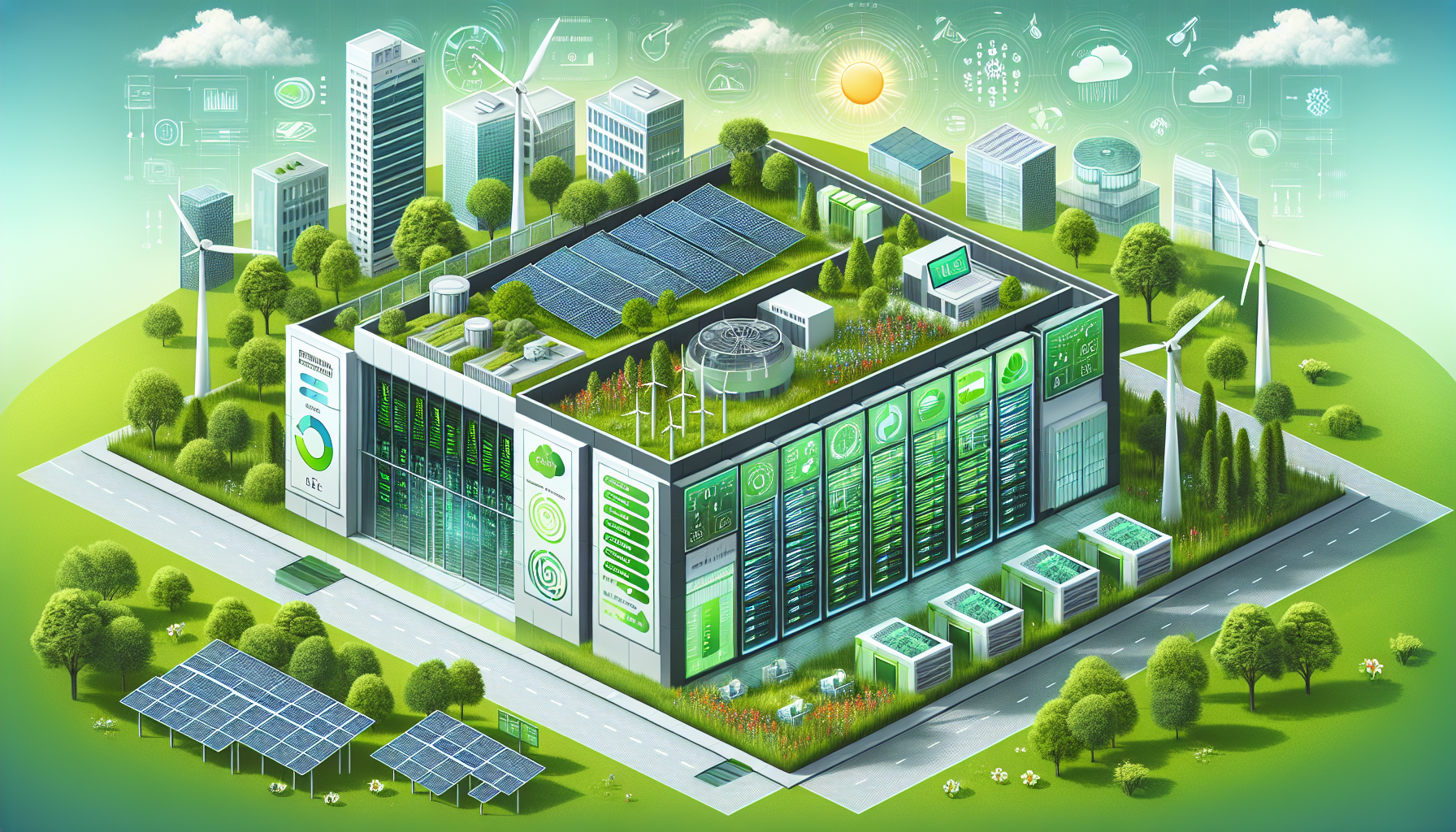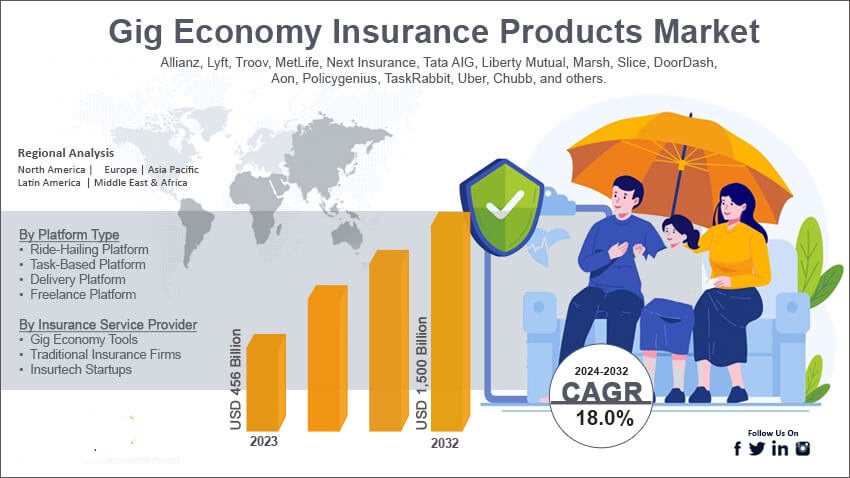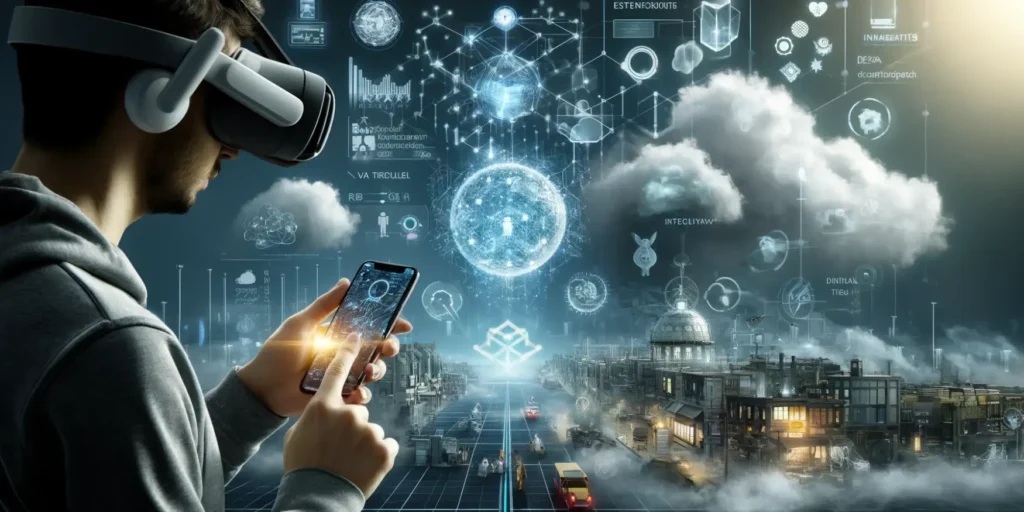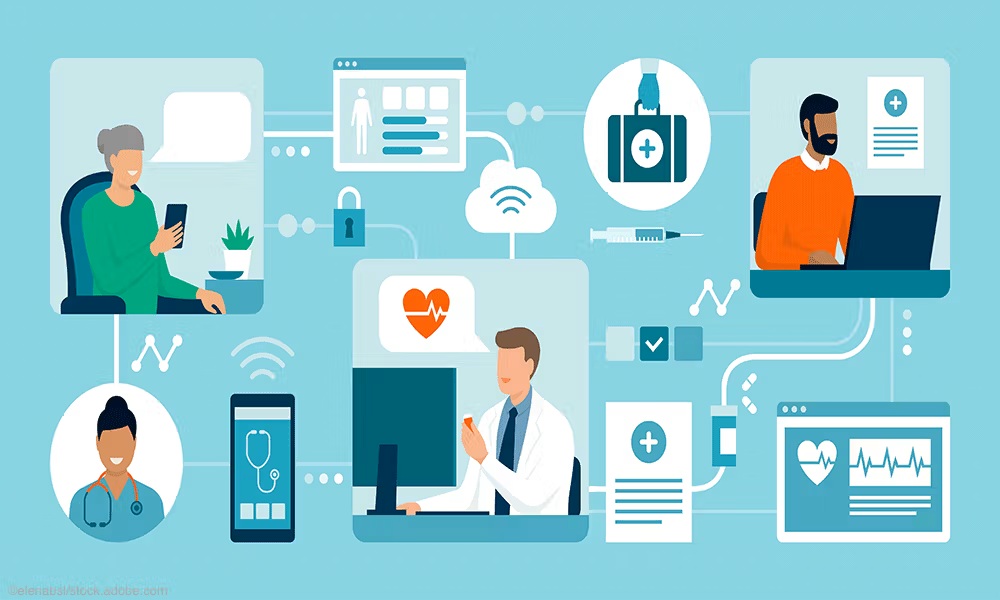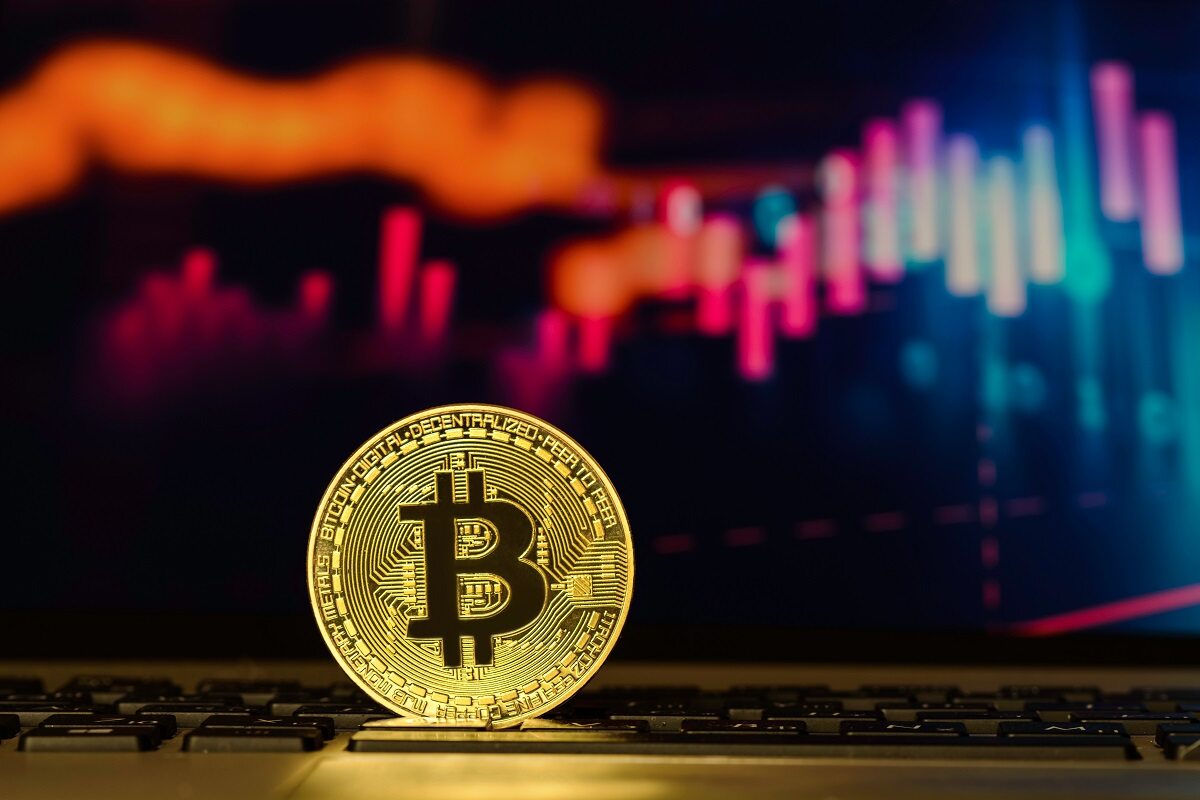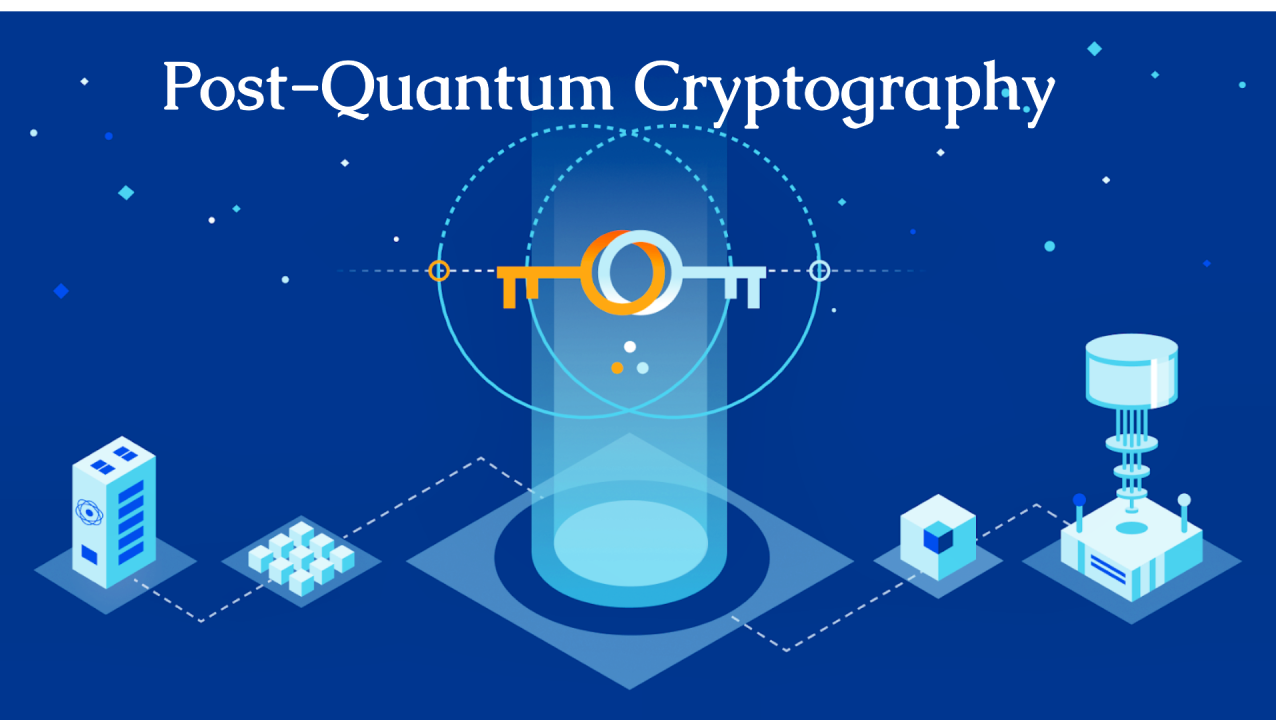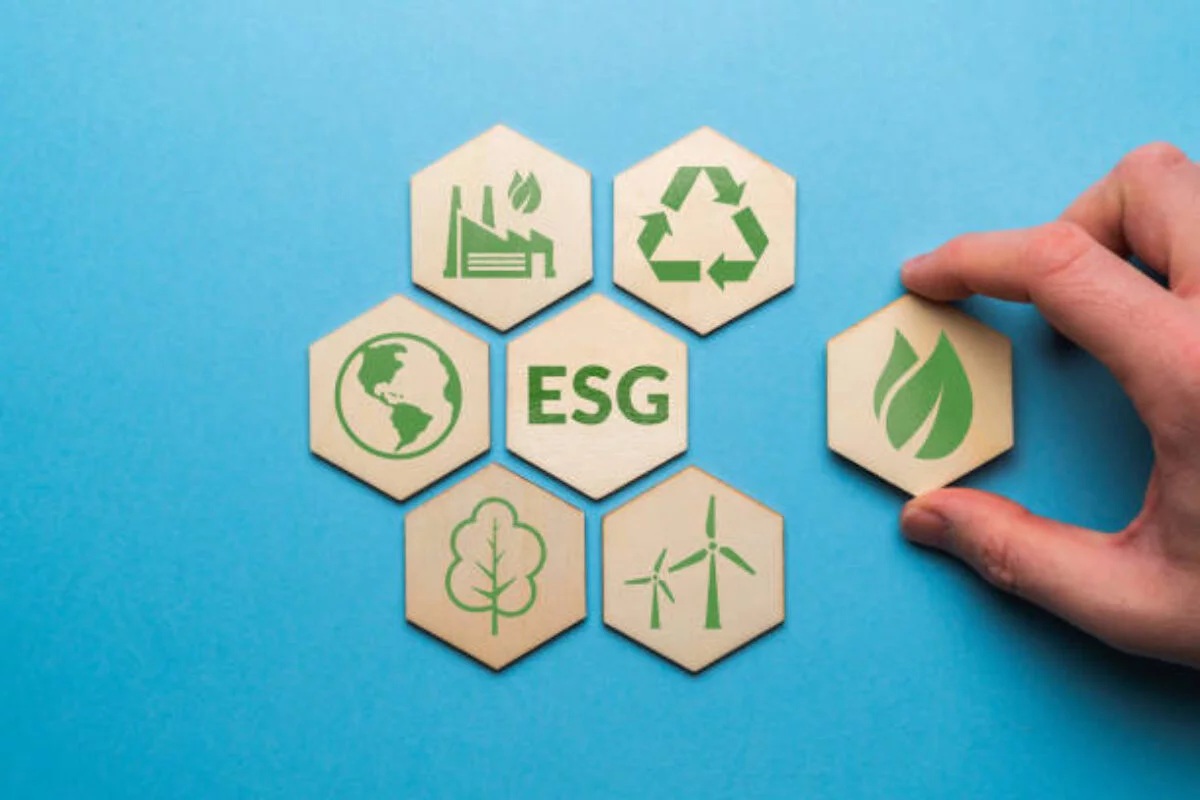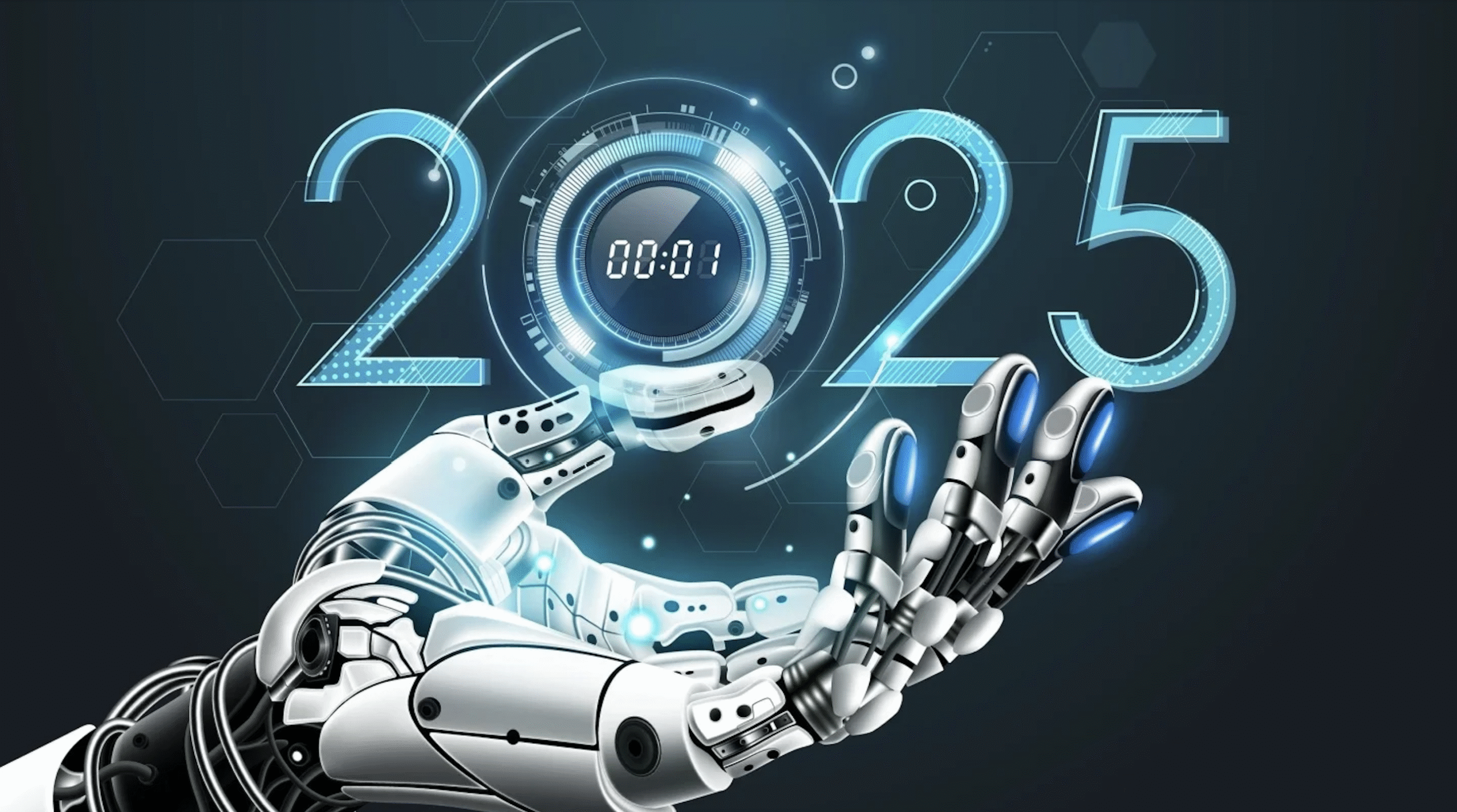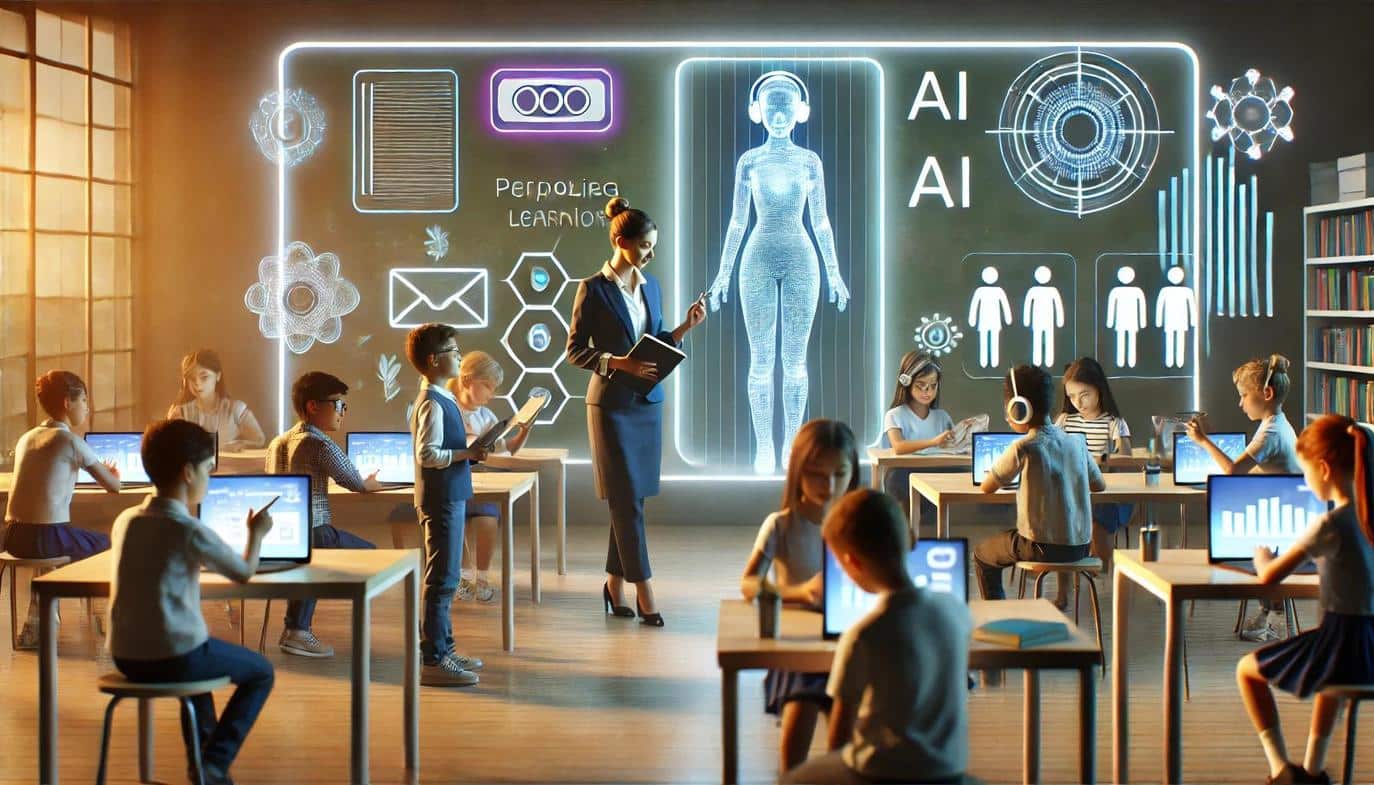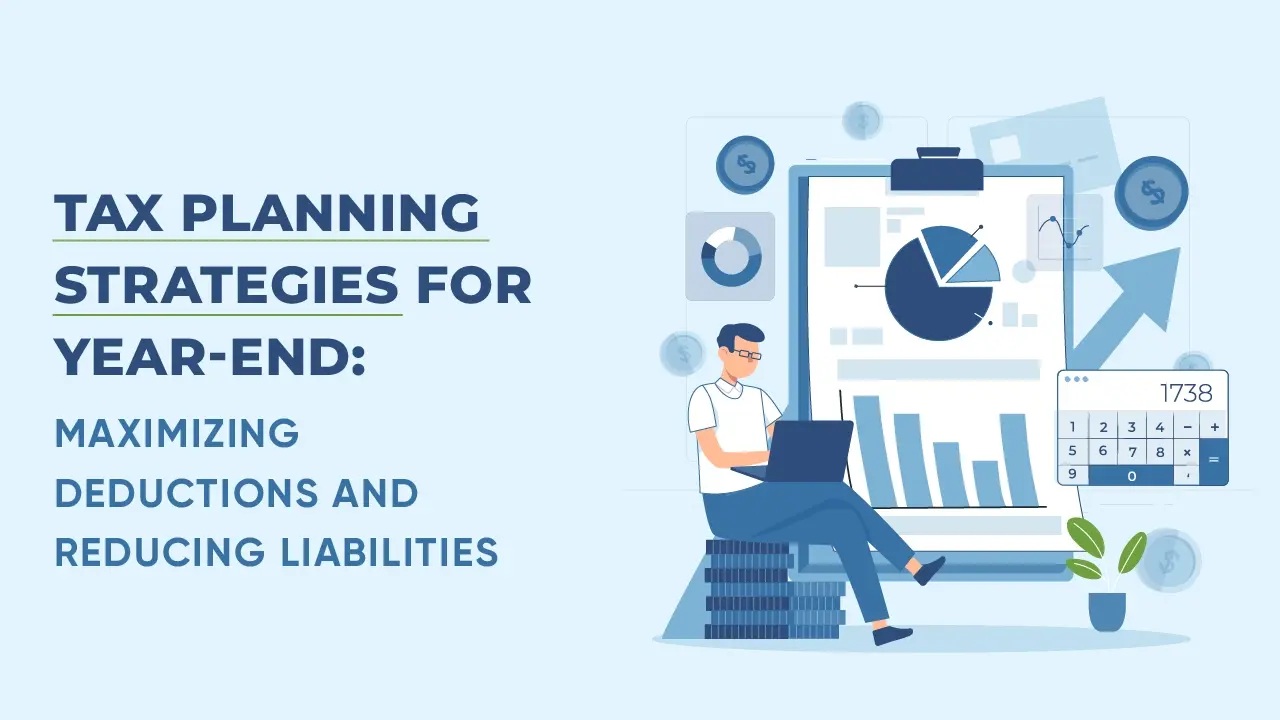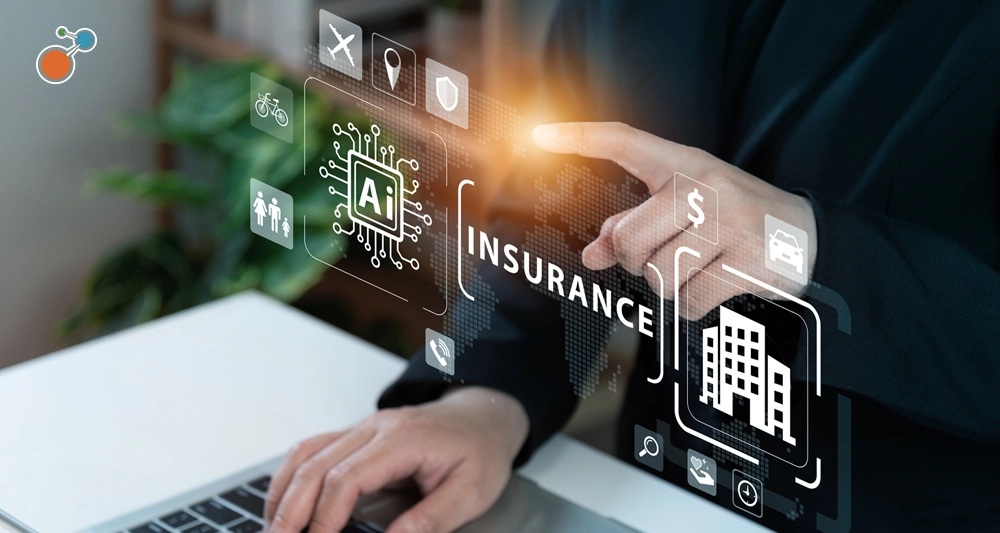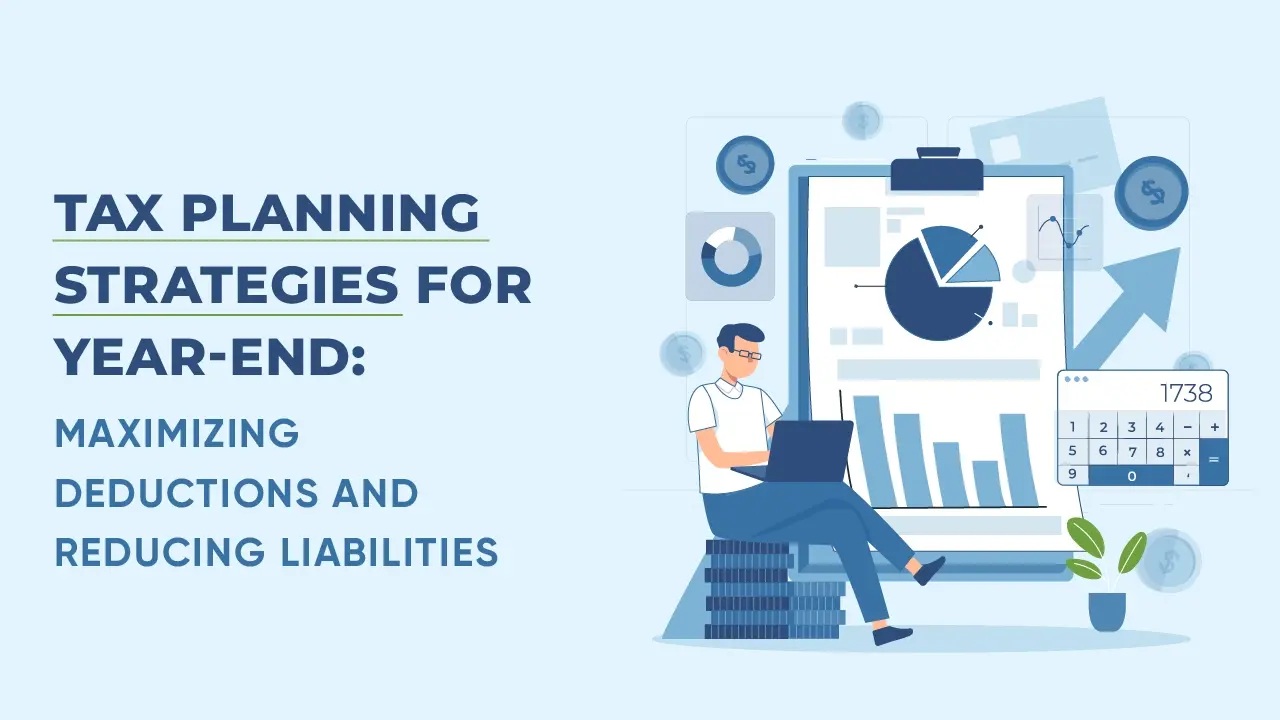The tech industry accounts for 3-4% of global CO₂ emissions—more than the aviation sector—with data centers alone consuming 2% of the world’s electricity. As digital transformation accelerates, sustainable computing has become an environmental and economic imperative. By 2025, breakthroughs in AI-powered energy optimization, liquid cooling systems, and carbon-negative data centers are set to reduce the sector’s environmental impact while saving $30 billion annually in operational costs.
This comprehensive guide explores the latest green tech innovations, policy changes, and cost-saving strategies shaping energy-efficient computing in 2025.
1. The State of Data Center Energy Use in 2025
A. Alarming Statistics Driving Change
- A single hyperscale data center uses enough power for 80,000 homes
- Global data center electricity demand will reach 1,000 TWh by 2026 (IEA)
- 38% of tech firms now face carbon tax penalties
B. Key Energy Consumers
| Component | % of Data Center Energy Use |
|---|---|
| Cooling Systems | 40% |
| Servers | 30% |
| Networking | 15% |
| Storage | 10% |
2. Breakthrough Technologies Reducing Energy Waste
A. Advanced Cooling Solutions
| Technology | Energy Savings | Adoption Rate |
|---|---|---|
| Liquid Immersion Cooling | 50% reduction | 25% of new DCs |
| AI-Optimized Airflow | 30% savings | 40% of hyperscalers |
| Phase Change Materials | 60% peak load cut | Pilot stage |
Case Study: Microsoft’s underwater data center (Project Natick) showed 40% lower cooling costs.
B. Energy-Efficient Hardware
- Arm-based servers (60% less power than x86)
- Neuromorphic chips (IBM’s NorthPole uses 1/10th the energy)
- 3D-stacked memory (saves 35% vs. traditional RAM)
C. Renewable Energy Integration
- Google’s 24/7 Carbon-Free Energy initiative
- Microsoft’s fission reactor plans for 2028
- Solar-powered edge data centers in emerging markets
3. AI and Machine Learning for Energy Optimization
A. Google’s DeepMind Success
- Reduced cooling energy use by 40% in DCs
- Predicts PUE (Power Usage Effectiveness) 48 hours ahead
B. Emerging AI Tools
- NVIDIA’s Earth-2: Digital twin for climate modeling
- IBM’s Green Horizon: Optimizes regional energy grids
C. Automated Load Balancing
- Dynamic workload distribution to cooler regions
- Batch processing during off-peak hours
4. Policy and Certification Changes
A. New Regulations
| Region | Policy | Deadline |
|---|---|---|
| EU | Energy Efficiency Directive | 2025 |
| US | Clean Computing Act | 2026 |
| China | DC PUE < 1.3 mandate | 2025 |
B. Sustainability Certifications
- LEED Platinum for Data Centers
- Open Compute Project standards
5. Cost-Benefit Analysis of Going Green
A. Financial Incentives
- 30% tax credits for renewable energy use
- Lower OPEX: Facebook’s Oregon site saves $1M/month
B. ROI Timelines
| Upgrade | Cost | Payback Period |
|---|---|---|
| AI Cooling | $500K | 14 months |
| Liquid Cooling | $2M | 3 years |
| Solar Hybrid | $5M | 7 years |
6. Challenges and Solutions
A. Implementation Barriers
- High upfront costs → Green financing options
- Skills gap → NVIDIA/Microsoft training programs
B. Performance Trade-offs
- Arm servers’ compatibility issues → Containerization
- Renewable intermittency → Tesla Megapack buffers
7. The Future (2025-2030)
- Quantum cooling (-273°C superconducting)
- Algae-based carbon capture at DCs
- Self-powered IoT devices
Conclusion: Your Green Tech Action Plan
For IT Managers:
✅ Audit current PUE/WUE metrics
✅ Pilot liquid cooling in test racks
✅ Apply for DOE/Local green grants
For Policymakers:
✅ Accelerate carbon tax incentives
✅ Fund R&D in fusion-powered DCs
Market Outlook for H2 2025: Trends, Risks & Opportunities



